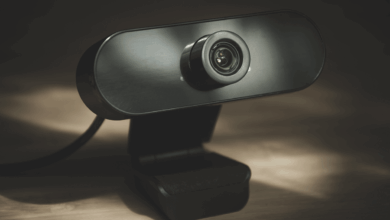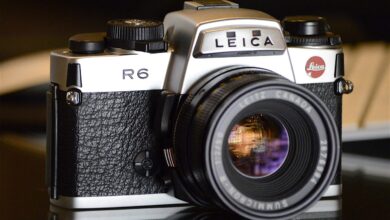Finding Your Perfect DSLR Camera: A Buyer’s Guide
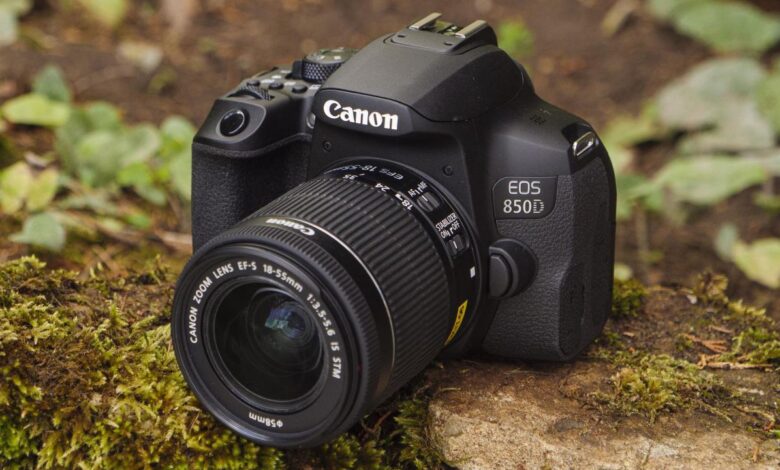
Choosing the Right DSLR to Start Your Photographic Journey
Embarking on the journey into serious photography often begins with the exciting, yet frequently confusing, decision of selecting the right Digital Single-Lens Reflex (DSLR) camera that perfectly aligns with both your current skill level and your future creative ambitions.
While the modern market is increasingly dominated by the sleek, technologically advanced mirrorless systems, the classic DSLR form factor continues to offer compelling advantages, including exceptional battery life, a wide range of available lenses, and the highly reliable, zero-lag optical viewfinder that professional photographers still adore.
Navigating the sheer volume of available models—from entry-level starter kits to rugged, high-end professional bodies—requires more than just comparing megapixel counts; it demands a clear understanding of sensor size, autofocus capabilities, ergonomic feel, and overall system compatibility.
Recognizing your specific photographic interests, whether they involve fast-paced sports, detailed portraiture, or expansive landscapes, is the indispensable first step in filtering the noise and identifying the optimal camera within your budget.
This guide will meticulously break down the best DSLR recommendations across various tiers, ensuring your investment is smart, enduring, and ultimately liberating for your photographic vision.
Choosing the right camera is about finding the tool that seamlessly becomes an extension of your own creative eye and personal workflow.
Pillar One: Entry-Level Recommendations for Beginners
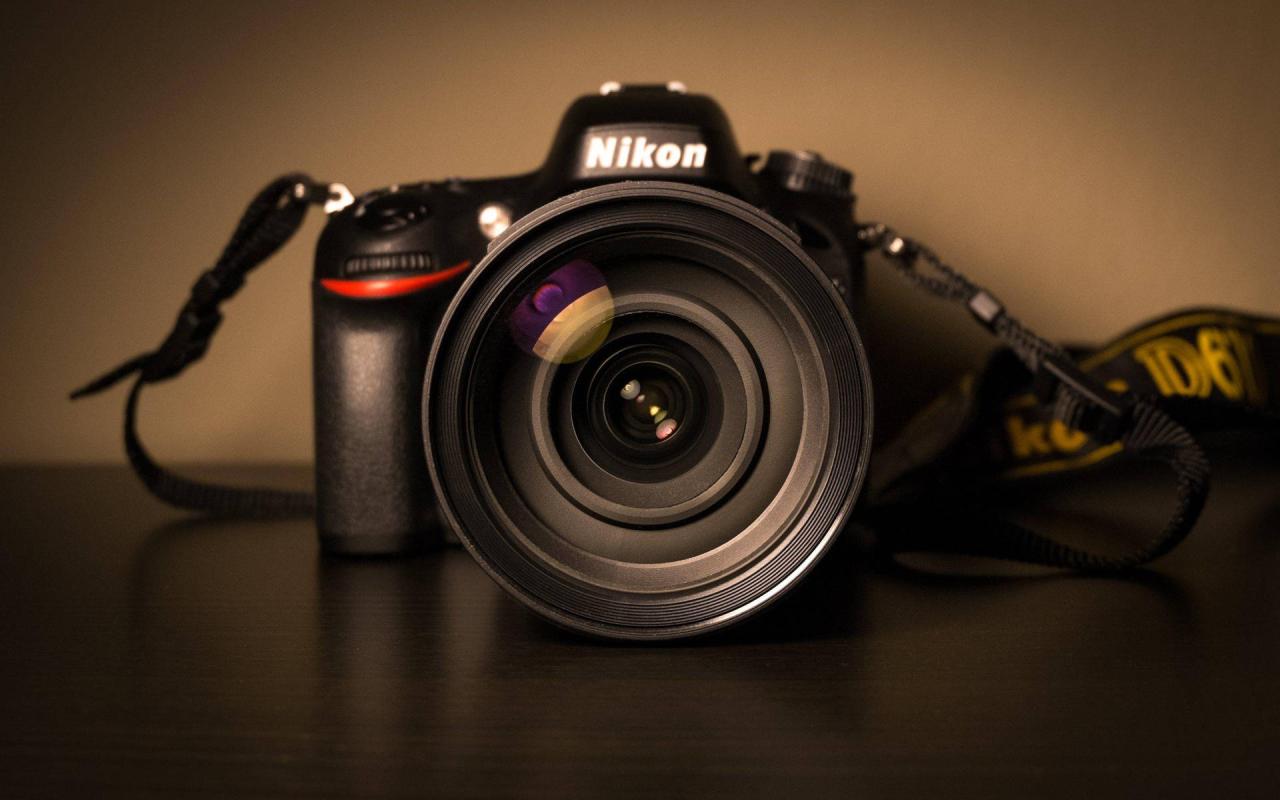
These cameras are designed for first-time buyers and enthusiasts moving up from smartphones or compact cameras, offering excellent value, user-friendly controls, and substantial image quality.
A. The Starter Champion (e.g., Canon EOS Rebel T8i / 850D)
This category offers an ideal balance of automated features and manual controls, providing a gentle learning curve for novices.
The camera typically features a 24.1-megapixel APS-C sensor, delivering images with excellent detail and low noise performance.
It includes a user-friendly guided interface and multiple creative automatic modes, making the transition to manual shooting less daunting.
The ergonomic grip is comfortable for beginners, and the overall body is lightweight and highly portable for everyday use.
Its built-in Wi-Fi and Bluetooth connectivity facilitate easy, instant sharing of images directly to a smartphone.
B. Best Value for Image Quality (e.g., Nikon D3500)
The Nikon D3500 (or its latest equivalent) has long been praised for delivering exceptional image quality, often punching above its lightweight class.
Its 24.2-megapixel APS-C sensor, which lacks an optical low-pass filter, captures remarkably sharp and highly detailed images effectively.
Nikon’s user-friendly Guide Mode provides clear on-screen instructions, teaching beginners the fundamentals of exposure and creative settings step-by-step.
The camera boasts excellent battery life, frequently lasting for over 1,500 shots on a single charge, minimizing the need for constant recharging.
It is an ideal choice for the budget-conscious beginner who prioritizes maximum image quality over advanced, niche features and professional speed.
Pillar Two: Mid-Range Recommendations for Enthusiasts
These cameras are designed for serious hobbyists and advanced students, offering faster performance, more professional control layouts, and crucial features like advanced autofocus and deeper buffer depth.
A. The Performance Leader (e.g., Canon EOS 90D)
The Canon 90D is celebrated for its fantastic balance of speed, resolution, and rugged build quality within the advanced enthusiast category.
It features a high-resolution 32.5-megapixel APS-C sensor, providing substantial resolution suitable for significant cropping and large prints effectively.
The camera boasts very fast burst shooting speeds, typically reaching 10 frames per second, making it highly capable for action photography and wildlife capture.
Its 45-point all cross-type autofocus system is fast and reliable, even when tracking subjects moving quickly across the frame during dynamic events.
This camera is a superb choice for photographers who demand both high resolution and the necessary speed to freeze fast-moving subjects reliably.
B. Best Hybrid Choice (e.g., Nikon D7500)
The Nikon D7500 (or its successor) is a highly versatile and well-regarded camera, featuring many professional-level tools in a mid-range body size.
It inherits the powerful 20.9-megapixel APS-C sensor and advanced image processor technology directly from Nikon’s higher-end professional line.
The camera offers excellent low-light performance, producing clean, usable images up through higher ISO sensitivities than most of its direct competitors.
Its durable, weather-sealed construction provides a higher level of protection against dust and moisture, suitable for outdoor and challenging environments.
The D7500 also includes strong 4K video recording capabilities and convenient tilting touchscreen functionality for flexible composition.
Pillar Three: Professional-Grade Full-Frame Powerhouses
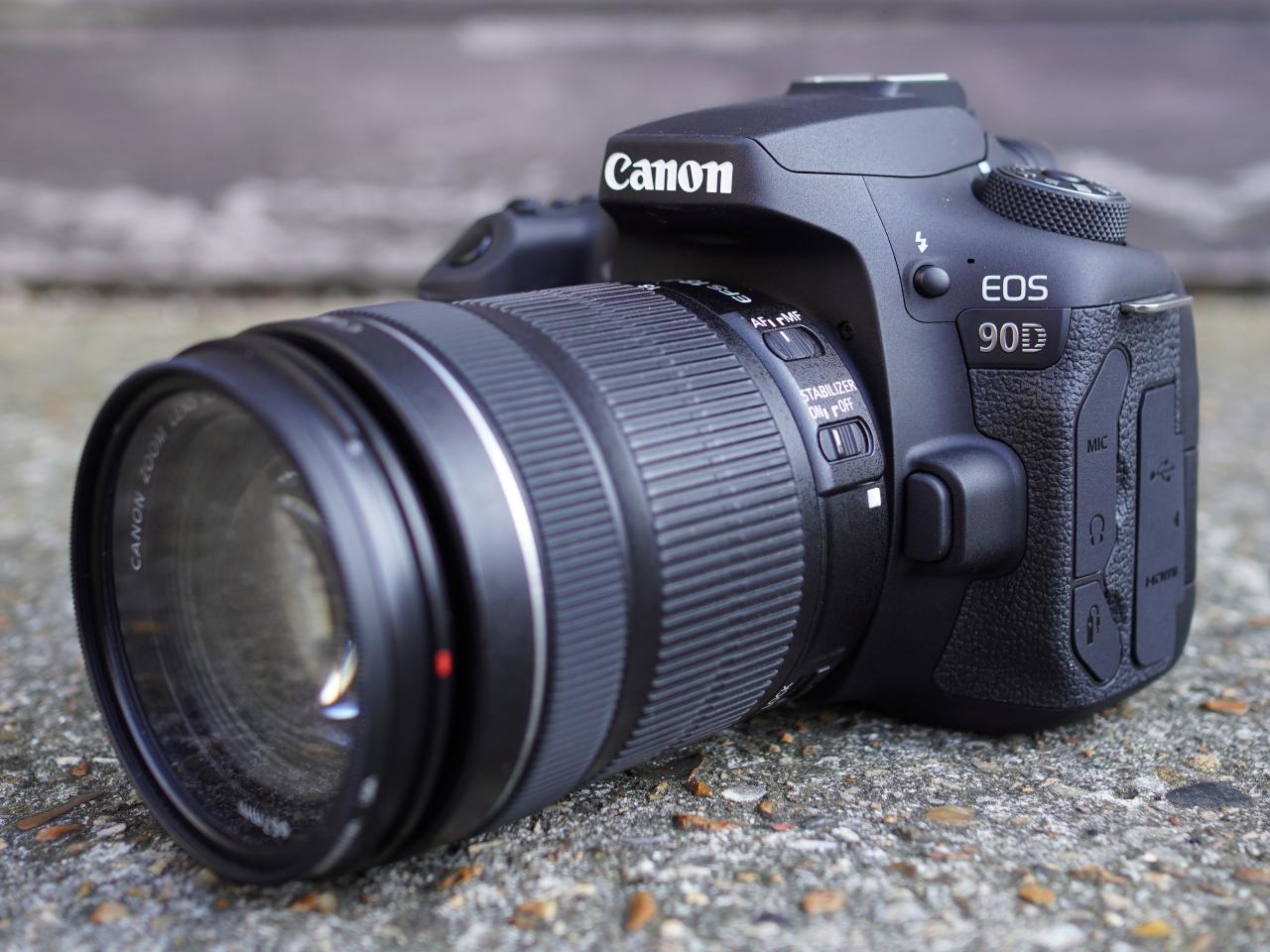
These are the flagship cameras chosen by seasoned professionals and advanced enthusiasts who demand uncompromising image quality, ultimate durability, and lightning-fast speed for high-stakes assignments.
A. The Versatile Workhorse (e.g., Nikon D850)
The Nikon D850 is a legendary professional tool known for its exceptional versatility and uncompromising, ultra-high-resolution image capture capability.
It features a massive, ground-breaking 45.7-megapixel full-frame BSI CMOS sensor, delivering incredible detail and best-in-class dynamic range performance.
The camera boasts Nikon’s 153-point autofocus system, ensuring exceptional tracking and focus precision in extremely challenging low-light conditions.
It is the professional choice for photographers who regularly shoot commercial work, detailed landscapes, and high-resolution studio portraits requiring maximum clarity.
B. Best for Speed and Low-Light (e.g., Canon EOS-1D X Mark III)
The Canon 1D X Mark III (or similar pro body) is built for maximum speed, rapid-fire action, and uncompromising reliability in the most demanding sports and photojournalism environments.
This camera achieves incredibly fast burst shooting rates, often exceeding 16 frames per second, ensuring every critical moment is captured reliably.
It features a relatively lower 20.1-megapixel full-frame sensor, which is intentionally optimized specifically for superior low-light performance and minimal noise at extremely high ISOs.
The construction is built like an absolute tank, featuring the most rugged and weather-resistant build quality available in the entire DSLR market today.
Its massive battery life and advanced connectivity make it the indispensable tool for working professionals covering major global events and demanding news stories.
C. Best Value Full-Frame (e.g., Canon EOS 6D Mark II)
The Canon 6D Mark II (or similar intermediate full-frame) offers the substantial image quality benefits of a large sensor at a more accessible, lower price point.
It features a 26.2-megapixel full-frame sensor, providing the desirable shallow depth of field and excellent low-light performance characteristic of full-frame systems.
The camera is physically smaller and lighter than the high-end flagship bodies, making it a very appealing option for travel and portrait photographers.
This model offers a great entry ramp for advanced enthusiasts who wish to step up to the vast image quality improvements provided by a full-frame sensor.
Pillar Four: Key Technical Features to Evaluate
Moving beyond the specific model names, understanding the core technical features of any DSLR is essential for making an informed purchase decision that meets your unique needs.
A. The Importance of Sensor Size
The sensor size of the camera is arguably the single most important factor determining overall image quality and aesthetic potential.
Full-frame sensors are the largest, offering superior low-light performance, best dynamic range, and the most desirable shallow depth of field (bokeh).
APS-C sensors, commonly found in entry and mid-level DSLRs, are smaller but offer excellent resolution and a wider selection of affordable, lighter lenses.
The smaller size of the APS-C sensor introduces a crop factor, effectively multiplying the focal length of the attached lens, which can be beneficial for telephoto reach.
B. Autofocus (AF) System
A sophisticated autofocus system is non-negotiable, particularly if your photography involves fast-moving subjects, like sports, wildlife, or children.
Look for a high number of cross-type AF points, which offer superior focus sensitivity both vertically and horizontally across the frame.
The latest systems feature subject-tracking algorithms that use machine learning to maintain focus even when the subject’s movement is erratic or unpredictable.
The speed and precision of the autofocus system directly impact the number of sharp, usable images you are able to capture in demanding situations.
C. Continuous Shooting Speed (FPS)
The camera’s Frames Per Second (FPS) rating indicates how many photos it can take sequentially in a rapid-fire burst mode, which is vital for action sequences.
A high FPS rate, typically 8fps or higher, dramatically increases the likelihood of capturing the decisive, perfect moment during fast action.
This feature is crucial for sports photographers, birders, and photojournalists who need to document split-second events accurately and reliably.
A large internal buffer depth is equally important, ensuring the camera can maintain that high shooting speed for a long enough duration without slowing down unexpectedly.
D. Video Capabilities
Even if your primary focus is still photography, modern DSLRs should offer competent video recording features for hybrid shooting flexibility.
The ability to record high-quality 4K resolution video is now a common standard in the mid-range and professional camera markets.
Features like clean HDMI output, dedicated microphone inputs, and headphone jacks are essential for serious, professional-level video production work.
The quality of the autofocus system during live-view video recording is paramount for smooth, professional-looking video footage sequences.
Pillar Five: The Importance of the System Ecosystem
Choosing a DSLR is not just selecting a camera body; it is a long-term commitment to a specific brand’s comprehensive ecosystem of lenses, accessories, and support infrastructure.
A. Lens Availability and Investment
The true value of any DSLR system lies in the breadth and quality of its available lenses, which ultimately determine the aesthetic possibilities of your photography.
Both Canon and Nikon offer massive, comprehensive lineups of lenses, covering every conceivable focal length and specialized photographic niche imaginable.
Lenses often retain their value far better than camera bodies, representing a significant long-term financial investment in your overall photography kit.
Prioritize investing in one or two high-quality, fast-aperture prime lenses before upgrading the camera body itself for the greatest impact on image quality.
B. Ergonomics and Handling
The overall size, weight, and feel of the camera in your hands is a surprisingly critical factor that affects your long-term commitment to the system.
Visit a camera store and physically hold the cameras you are considering to assess the comfort of the grip and the intuitive placement of the controls.
A camera that feels uncomfortable or difficult to operate will inevitably be left at home, directly hindering your photographic progress and passion.
Your personal feeling and comfort level with the ergonomics should carry significant weight in the final purchasing decision process.
C. System Accessories and Support
Consider the availability and cost of system-specific accessories, such as external flash units, battery grips, and specialized remote shutter releases.
Both major brands offer robust customer support networks, including repair services and extensive tutorials for all their camera models.
The size and engagement level of the specific brand’s user community can also be invaluable for learning, troubleshooting, and sharing creative inspiration.
D. Future-Proofing and Upgrades
While technology is constantly evolving, choosing a camera from a currently supported line provides confidence regarding future firmware updates and continued support.
A sturdy, mid-range or professional body offers better future-proofing, often lasting longer and accommodating multiple future lens upgrades effectively.
Be mindful that both major manufacturers are significantly shifting their development focus toward their mirrorless systems, impacting future DSLR releases.
However, the vast installed base of existing lenses and reliable body performance ensures that DSLRs remain a viable, powerful option for many years to come.
Conclusion
The task of selecting the perfect DSLR demands a disciplined approach that balances the allure of high-end features with the practical realities of your budget and actual photographic needs.
You must recognize that the most expensive camera is not inherently the best one for you; the ideal tool is the one that fits comfortably in your hand, inspires you to shoot frequently, and meets your necessary technical requirements.
Embrace the importance of prioritizing investment in high-quality lenses, which offer far more creative longevity and impactful aesthetic results than fleeting body upgrades.
Use this guide to objectively filter the complex technical specifications, translating them into meaningful improvements for your specific type of photography, whether it is portraiture, action, or landscape work.
By choosing deliberately and focusing on the overall system rather than just the camera box, you successfully ensure your investment is a powerful, liberating extension of your creative self for many years to come.

